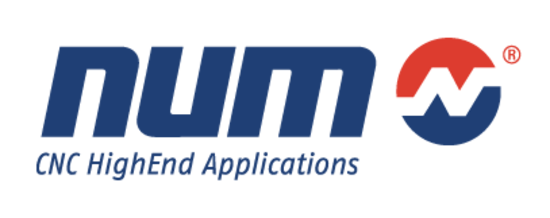About Us
More than 10 years before the CNC or NC control was starting to become widely accepted, NUM started the development of the first CNC controller back in early 60's with the launch in 1964 NUM was one of the first in this market and we have endeavoured to maintain our position as a technology leader in this segment ever since.
Our market strategy is to help our current and future clients to construct a better machine and thereby securing them a competitive advantage on the market. As can be seen from our logo we perceive ourselves as a CNC High-End Application company and as such are focusing on selected market niches, where we undeniably have something extra to offer, and we have a proven track record to back up this statement. Also for many years NUM has been a trusted supplier of solutions for the standard machine market where we will continue to utilise the openness of our systems to offer clients in this segment an advantage too, as we will make the investments needed in research and development to secure our standard features and functions meets the needs of this market now and in the future.

